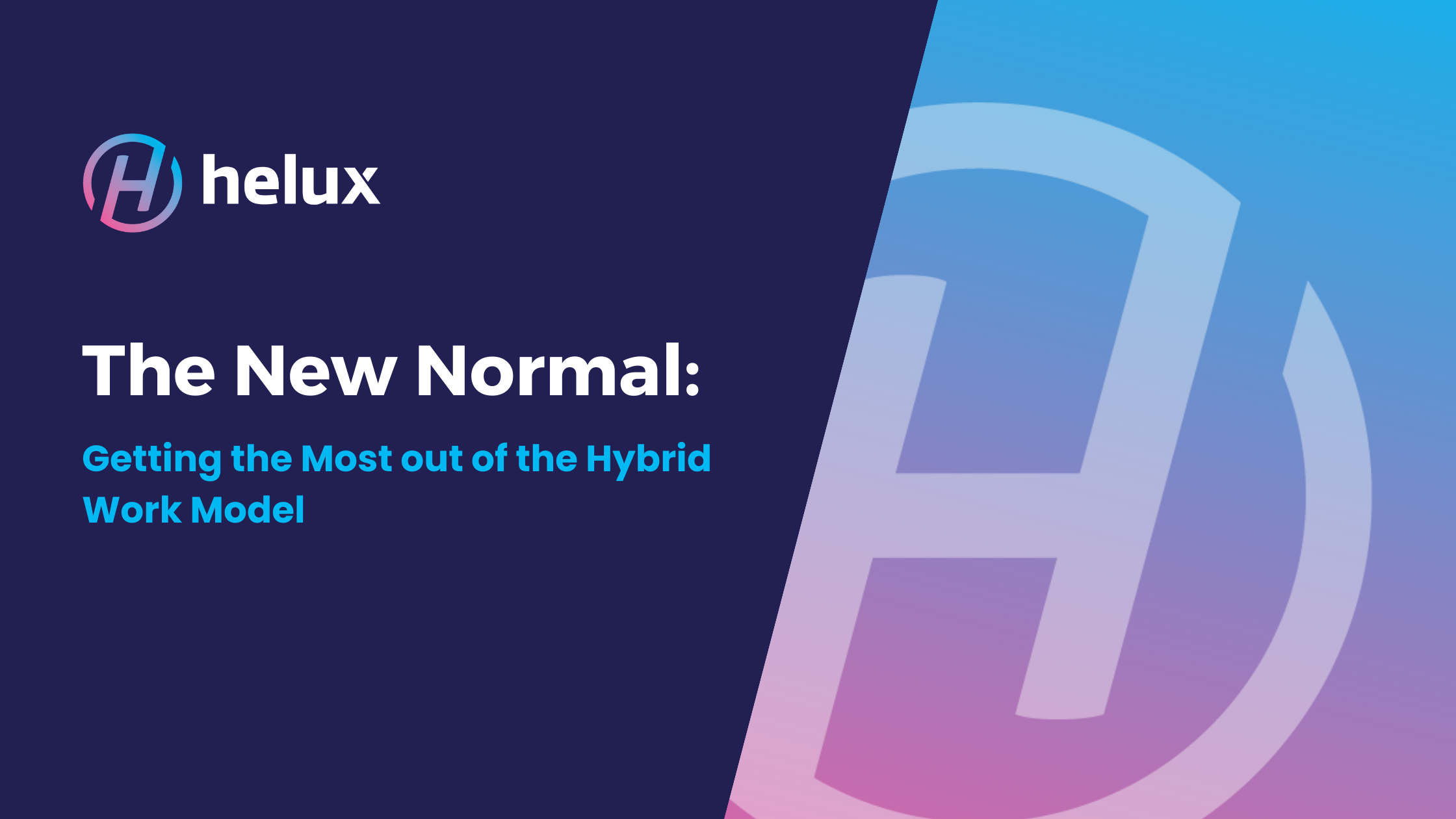The New Normal: Getting the Most out of the Hybrid Work Model
The vast changes to the workplace in a post-pandemic world cannot be overestimated.
The most significant of these changes has surely been the lasting move toward a more hybrid work model — with employers and employees alike embracing the flexibility, productivity and lifestyle benefits of an at-home and on-site work environment.
Yet while this ‘new normal’ has transitioned from a trend into a new work culture, many companies are still unsure about how to move forward over the long term – and what it means for the way content is managed, accessed and shared.
According to McKinsey, employee productivity and customer satisfaction both increased during the pandemic – in spite of organizations being forced to operate remotely. In a post-pandemic world, while many employees prefer to continue working from home, there are some who prefer to work at the office or to have the flexibility to do both.
An Accenture report revealed that 83% of employees think that a hybrid work model is the best solution. In fact, 9 out of 10 organizations have agreed to make the move to cater to different employee preferences – a move certainly bolstered by today’s constrained human resources. And yet, most organizations have struggled to develop and implement a plan detailing the services and applications they will use to support this ‘new normal’.
Dan Holmes, a principal product manager lead at Microsoft, shared that Microsoft has been partnering with organizations like LinkedIn and Harvard Business Review to better understand different employee preferences and to bring together Microsoft 365 services and applications to meet their needs while protecting their data.
“We’ve spent decades powering human productivity, and we believe that technology isn’t the solution, but rather it is the tool that allows you to amplify human ingenuity. It’s really the power of people that gets things done. But to do that at scale, and particularly to do that in an increasingly hybrid world, requires real technology solutions,” said Holmes, adding that SharePoint, Teams, and other Microsoft services and applications can be combined to help ensure strong information architecture, content management and collaboration, as well as compliance.
SharePoint, a cloud-based service that gives organizations a secure place to store, organize, share, and access information from any device. It powers Teams, a collaboration application that allows employees to have conversations, hold meetings, share and work on files from SharePoint inside the app. For these reasons, Teams is considered a collaboration hub for work.
“Teams bring together applications that were formerly quite siloed like OneDrive files, SharePoint lists, forms, and approvals, and more,” explained Holmes. “We’ve worked very hard to sew together the capabilities and experiences of Microsoft 365 into Teams. So, avoid the temptation to think it’s an either-or scenario. It’s and. You get these world-class capabilities and experiences, and you have a single pane of glass to access them from.”
If you’re looking to enhance your organization’s information architecture and content management approach to support your hybrid workforce, HELUX can help.
About HELUX
HELUX is an enterprise content management (ECM) services provider, pairing Microsoft technologies with proprietary industry-leading intelligent migration and information architecture solutions. We provide organizations with the perfect balance between ease of use and compliance, data governance, and sustainable lifecycle management. Our deep technical knowledge of Microsoft products along with our THEMIS product line position HELUX as a trusted content services partner for mid- to large-sized companies.
HELUX is a Microsoft Gold Partner, a member of the Microsoft Intelligent Security Association (MISA) and a Charter Member in the Microsoft Content AI Partner Program (CAPP).

